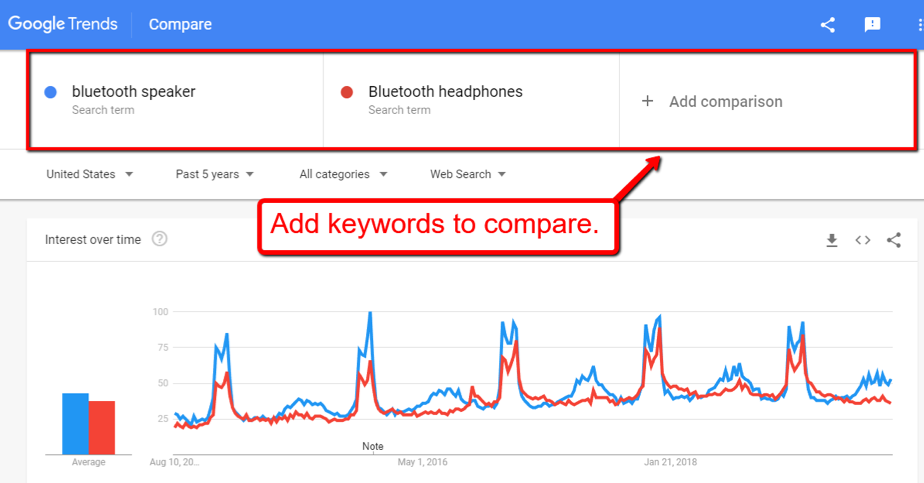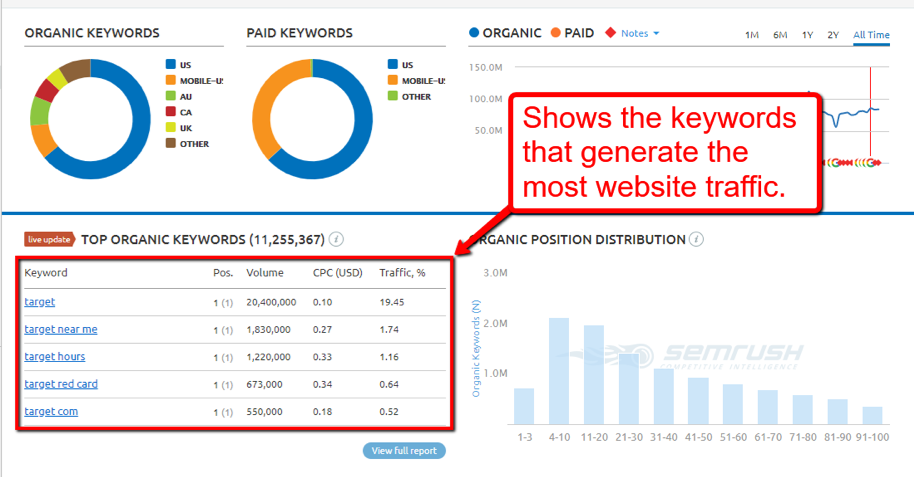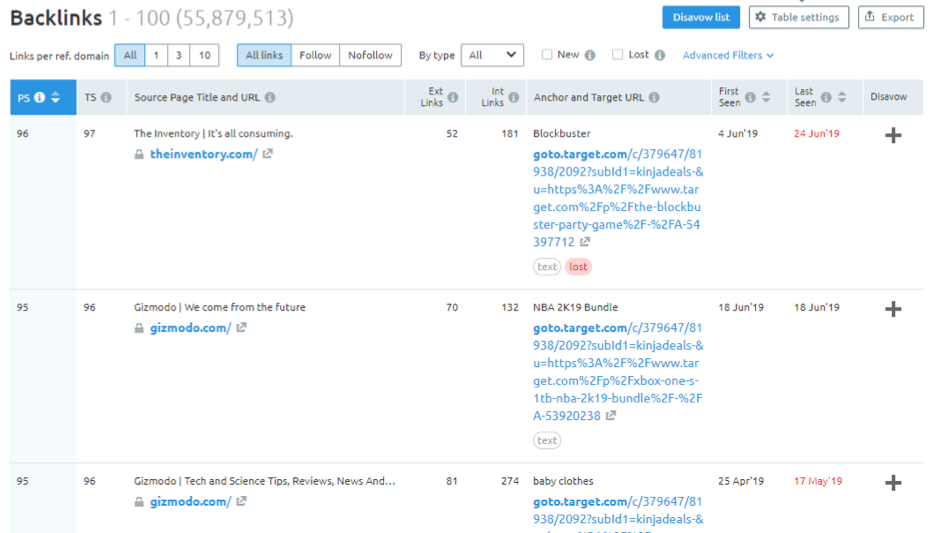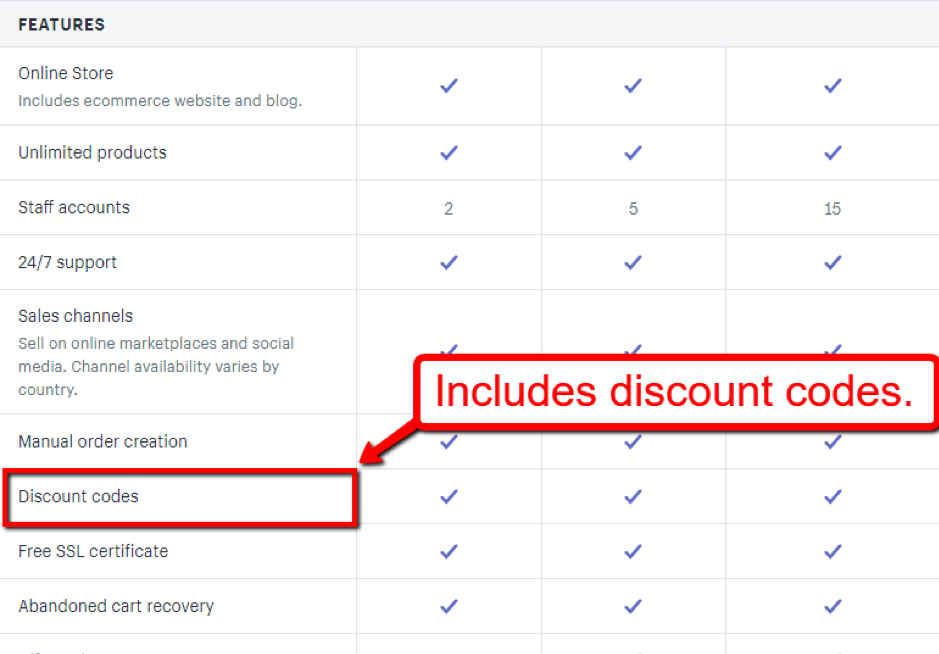4 tips for growing your ecommerce startup
With a heavy dose of determination, the right tools, and the right strategies, your ecommerce startup can grow to greater heights.
It won’t be easy, that’s for sure. But it sure isn’t impossible, either.
If you’re struggling with your ecommerce startup right now and you’re wondering if you’ll ever “make it,” remember that even the most successful businesses today had their fair share of headache when they started.
The successful dropshippers, for example, consumed heaps of dropshipping tips and tested a plethora of tools before they’ve managed to put together the right combination of tools and dropshipping marketing techniques that are now bringing them truckloads of sales.
To help you navigate your journey towards becoming a successful ecommerce entrepreneur, we’re going to look into some of the best tips that you can implement when growing your startup ecommerce business.
Let’s get right to it.
1. Find Your Niche
Especially for those who are new to ecommerce, finding the right niche to pursue can be quite challenging.
I mean, sure, you can choose to sell products targeting various niches, but as a startup, it can be overwhelming to cater to the different needs your audience in each niche.
Operating on a specific niche (instead of being a “generalist”) helps you better identify and understand your target audience. Not only that, but doing so allows you to have more focus on your marketing and selling strategies.
To help you find the right niche for your startup business, you can use tools like Google Trends to get some insights on how trendy a niche or a product is.
For example, if you’re interested in selling Bluetooth speakers, you can type in your keywords, and the tool will show you the trend in consumer interest over time and in which periods they are most or least likely to sell.

You can also add keywords and compare consumer interest from each topic.

This can help you determine whether or not there is a regular demand for your niche idea and if the product you thought of selling is sustainable.
It’s worth pointing out that you ought to do further research than simply going through Google Trends. The insight the tools gives you is crucial, but there are other aspects that you need to consider when choosing which product or niche to pursue.
2. Know Your Target Audience
Remember that your customers are at the heart of your ecommerce business. Without them, what’s the point of starting an ecommerce business?
After all, an effective sales strategy requires knowing what your potential customers need and how your product can answer those needs.
Let’s say your target audience are car enthusiasts.
One of the best approaches to sell to them is to create content that addresses their burning needs.
For instance, you can publish an in-depth guide about how and when to buy a new car.
Considering how car enthusiasts are most likely to buy cars, then the guide you’ll create would be of great value to them.
Another way of understanding your target audience is by using tools like AnswerthePublic to get insights on what people are typically searching on the internet.
Using “Wireless mouse” as an example, this is what the tool came up with.

With the related keywords and commonly searched phrases the tool shows, you can get ideas for your marketing strategies such as publishing a blog based on those keywords.
3. Understand Your Competitors
Because competition in the ecommerce space is fierce, you’ll need to know who your biggest competitors are.
An excellent way of taking advantage of your competitors is by “spying” on their marketing strategies — those that are getting them good results.
You will need to identify your competitors, uncover their marketing approach, and learn what makes them successful (to an extent).
By doing competitor research, you’ll get insights on their marketing best practices, then apply them into your ecommerce startup.
Pretty clever, right?
With online analytic tools like SEMrush, you can type in your competitor’s domain to get an analysis of their website.
The tool can show your competitor’s top organic keywords that drive the most traffic to their website and check if these are the keywords that you should also be optimizing for — or if you can just look for synonymous words that have a decent monthly search volume.

You can also get information about your competitor’s backlink profile, like the websites that are linking back to it, the anchor texts used, etc.

Once you see your competitors’ backlink profile, you can emulate or build upon them so your website’s backlink profile becomes superior to your competitors. If all goes well, this will lead you to better rankings on the Search Engine Results Pages.
4. Choose the Right Platform
Your ecommerce website is your digital storefront — making it an essential aspect of your startup ecommerce business.
Keep in mind that not all businesses are the same, so the concept of a “best ecommerce platform” is based on your preferences, resources, and needs — basically the dynamics of your business.
However, there are crucial features that you need to consider when choosing an ecommerce platform, such as:
- Whether the platform’s website builder feature has free and user-friendly templates and themes.
- Check if the platform supports drop shipping, digital product selling or print on demand Shopify services.
- The platform’s basic built-in ecommerce features such as analytics, promotions and discounts, catalog management, and more.

- The domain name, hosting environment, bandwidth, and year-over-year uptime.
- Customizable URLs throughout the website.
- PCI compliance measures and mitigation.
- SEO features
- Applications, plugins, and other pre-built integrations that have excellent service providers.
- Mobile optimization for the entire website, checkout process, and the whole user experience.
Once you find the right ecommerce platform that fits your business needs, you can then start launching your online store.
When you’re all set, the next step is getting your ecommerce store out where people can see it.
For example, if you’re targeting a local audience, you can set up your Google My Business (GMB) listing. With GMB, you can manage how your business information appears in Google search results.
ALSO SEE: Check out one of the best dropshipping products designed specifically with dropshipping in mind.
What’s Next?
Building your ecommerce business from scratch will take up a lot of your time, energy, and resources. However, with the right strategies and tools, you’ll be a step closer to growing your startup ecommerce business. If you found this information useful, please take a few seconds to click on the share button.
